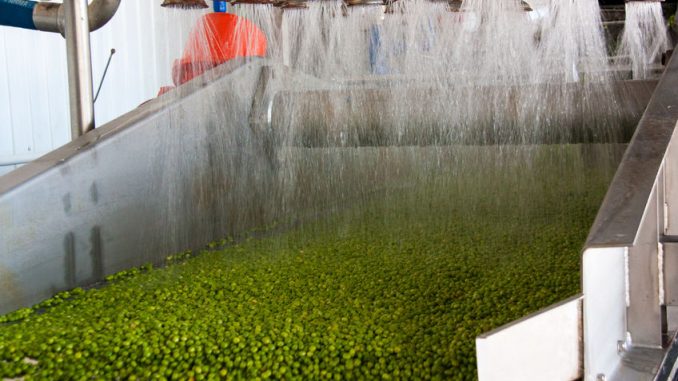
Minimally processed fruit and vegetables are not a new phenomenon but there is increasing interest in this food because of the benefits of dietary fibre. Sales of these types of produce amounts to 15 billion dollars worth every year in the US food service sector alone and now accounts for 20% of all produce sales.
Postharvest Physical Damage
One of the limiting factors in minimally processed fruit and vegetables is wounding. It is one of the principle stresses that affects fresh-cut produce which by definition will subsequently undergo further processing. Wounding directly affects food colour, texture and flavour because it causes metabolic changes. One of these is browning. The action of a wound is to activate phenylalanine ammonia lyase, polyphenol oxidase and various other enzymes involved directly or indirectly in enzymic browning.
The internal and external factors that influence the wound response include species, cultivar, maturity,
storage/processing temperature, cutting protocols, CO2 and O2 levels, and water vapour pressure (Brecht, 1995).
Minimal processing significantly means that vegetable tissues retain their polysaccharides within the bulk of the vegetable. The polysaccharides retained include pectin and inulin which are important prebiotics.
Minimal processing usually involves a cold-water maceration in which a small proportion of the pectic polysaccharides are extracted, subsequently milled to 1.0 mm. This is not a fine powder but exhibits a strong faecal bulking capacity which is greater than wheat bran.
Nonstarch polysaccharides extracts and highly processed commercial dietary fibres which include apple fibre, pectin etc. that have been extensively heat treated before being milled to a fine powder were less effective.
References
Brecht, J.K., 1995. Physiology of lightly processed fruits and vegetables. HortScience 30, pp. 18–22 .
Leave a Reply